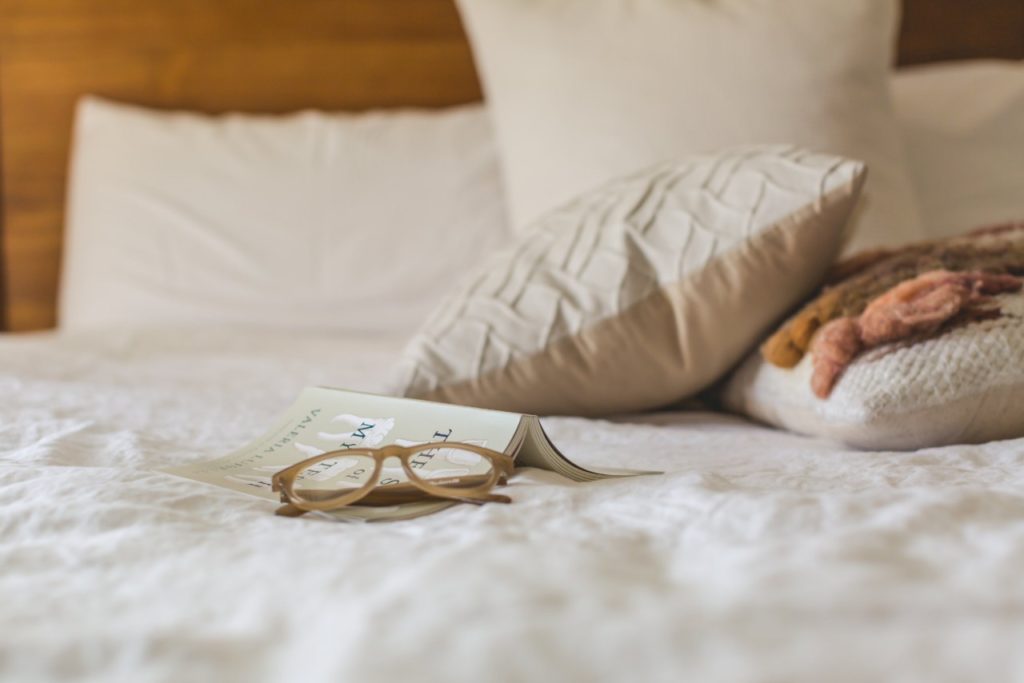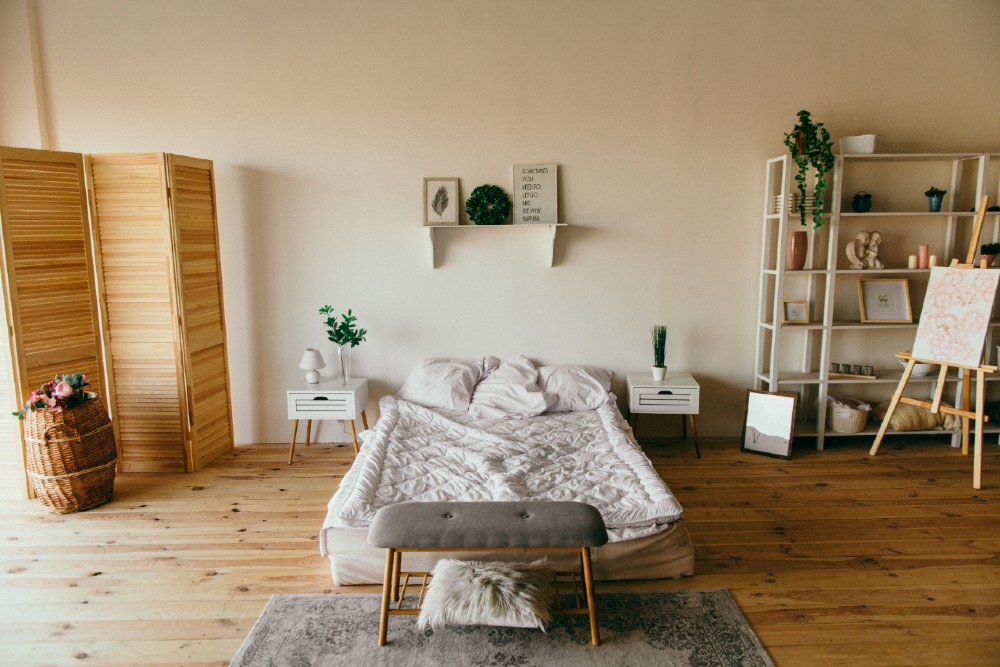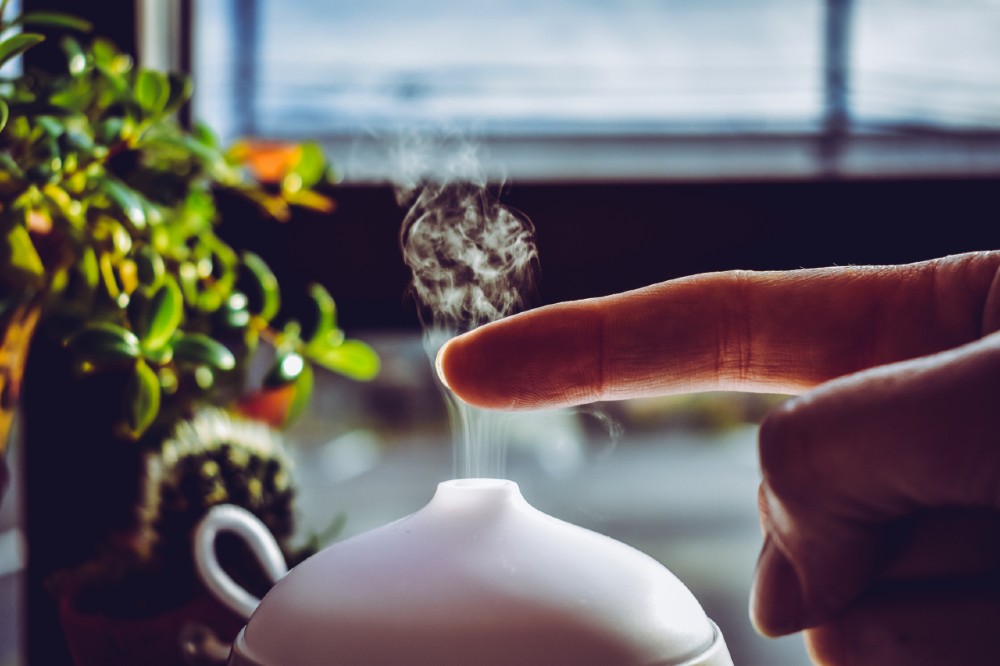Roughly 40 million Americans suffer from some form of sleep disorder, such as insomnia – the most common one. Usually, sleep disorders are easily managed, as in many cases, the problem may be your sleep environment. If your bedroom is cluttered and doesn’t block natural light, it could be preventing you from achieving better sleep.
Having a comfortable bedroom for sleep isn’t just about finding the best mattress— it’s about creating an environment to encourage sleep quality. Bedsheets, color schemes, temperature, light exposure, and scent can make a difference in a good night’s sleep.

Bedding
Bedding may prove an important factor in sleep quality, from the softness or crispness of sheets to the firm or cushioning feel of pillows.
Bedsheets, Blankets, and Comforters/Duvets
Surround yourself with sheets, blankets, and either a comforter or duvet made from breathable, temperature-regulating material like cotton or wool— both materials are perfect for year-round use. You may also choose different materials to match the seasons.
Mattress Topper
Mattress toppers serve the dual purpose of altering the sleep surface of the mattress and providing extra cushioning for more pressure point relief.
Mattress Protector
A mattress protector is a great, low-cost addition to any mattress. Mattress protectors shield the bed from spills and stains, and may even extend the life of your mattress.
Pillows
The right pillow is based on your favored sleep position, filling in the gap between the neck and sleep surface. Pillows cradle the head and neck, encouraging healthy spinal alignment.

Appearance
The setup of the bedroom may affect sleep quality. From the position of the bed to the room’s color scheme, these little features may increase your exposure to light and sound and may stimulate or calm the brain.
Bed
If possible, keep your bed away from the door or any windows in the room, as these are sources of light that may impede sleep. We suggest investing in blockout curtains, too, to prevent light from sneaking in through the window.
Color
In choosing a color scheme for the bedroom, choose muted, pastel colors and avoid vibrant, jewel tones. Blues and greens are the best options because they provide less stimulation to the brain and encourage a calming atmosphere.
Also, avoid contrasting colors, and instead, choose a corresponding color scheme— contrasting colors produce stimulation to the brain, which could make it harder to wind down at the end of the day.
Cleaning
Maintaining a clean room promotes a calming atmosphere— clutter scattered around a room may cause stress and anxiety, especially if you have a smaller bedroom. By keeping the bedroom clean, including washing bedding regularly, you can sleep and breathe easier.

Temperature
The best bedroom temperature for optimal sleep is anywhere between 60 and 67 degrees. The body naturally drops in temperature to prepare for sleep— methods to promote a lower body temperature include using ceiling fans and taking a warm bath or shower before bed. You might also want to consider investing in a mattress that’s best for cool sleeping like Nolah or other high-quality manufacturers.
Lighting
Light influences the sleep-wake cycle (circadian rhythm)— less light increases the body’s melatonin production, a hormone responsible for sleep. Try to keep your room as dark as possible and invest in blackout curtains and sleep masks.
Electronics
In today’s tech-savvy world, electronics follow us everywhere, including to bed. Electronic devices emit blue light, a high-frequency light that stimulates the brain and messes with the body’s sleep-wake cycle. Try to avoid electronic devices an hour before bed and use a light filter to remove or reduce blue light exposure.
Scent
Aromatherapy is a great method of boosting calm in the bedroom. Scents like lavender and sandalwood may lower blood pressure, heart rate, and temperature. Essential oils are not the only influence— the scent of your laundry detergent in your bedding may affect how you sleep, too.

Better Sleep
Implementing ways to encourage better sleep include bedding made from breathable materials, staying away from electronics, and maintaining a cool temperature. These methods will help you fall asleep and stay asleep for a good night’s rest.




